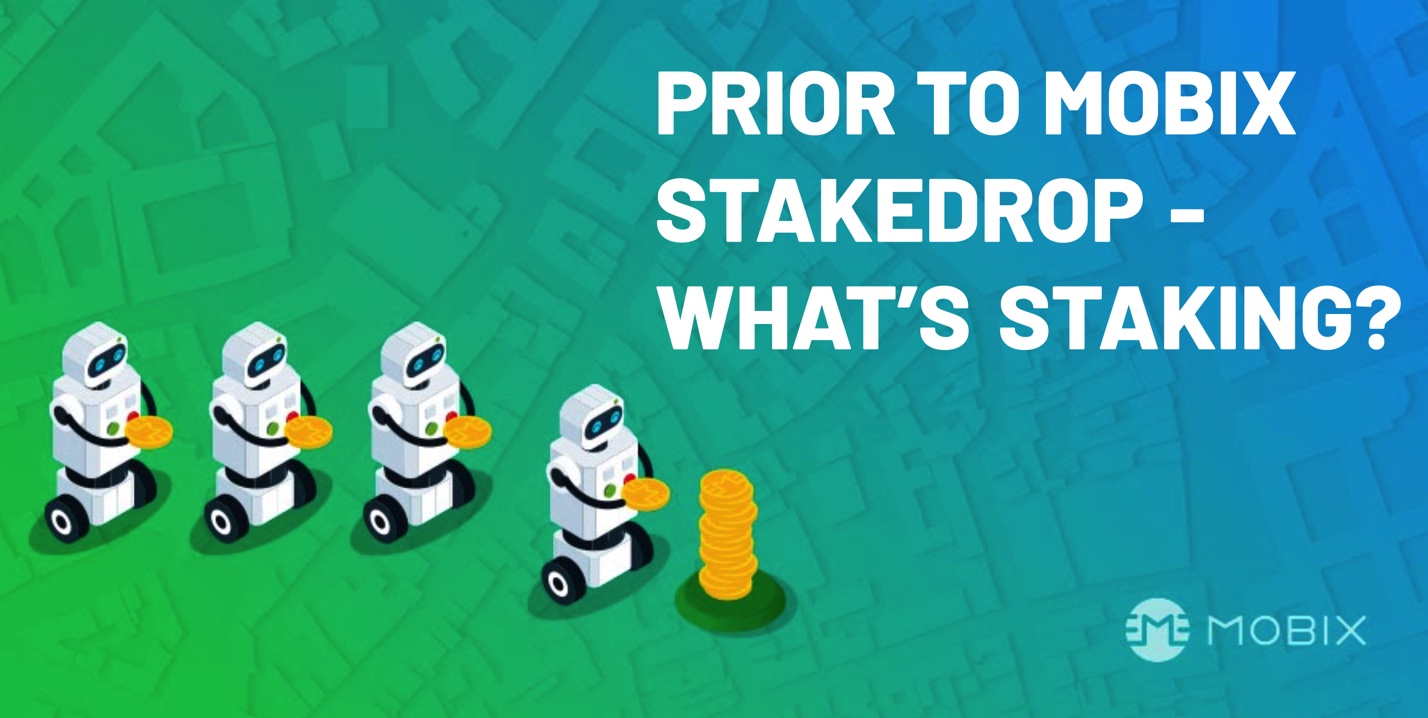Cryptocurrencies have always paid people for their efforts to keep crypto networks secure. In the case of Bitcoin, which uses a ‘proof-of-work (PoW) mining algorithm, Bitcoin is awarded to ‘miners’ that use their computing power to process transactions on the blockchain. The barriers to entry for PoW cryptocurrencies have increased as time goes on, however, as the cost of electricity and hardware has increased as the space and form of investment has exploded in popularity.
As a result, many new cryptocurrencies now use an alternative mechanism, consensus-based, that allows users to secure crypto networks with minimal energy consumption and far less setup effort. This second mechanism is typically known as ‘staking’. Even older PoW cryptocurrencies, such as Ethereum, have begun work to move (or already moved) to ‘proof-of-stake (PoS).
In this blog post, we aim to inform readers as to what staking is, who can do it and what the benefits are. Starting on the 20th of this month, users staking on Fetch.ai will also earn MOBIX tokens!
What is staking?
In order to stake using the consensus algorithm, cryptocurrency enthusiasts need to purchase a specific cryptocurrency- the token of the crypto network/project that they wish to secure. For example, in order to stake on the Fetch.ai blockchain, a user would need to purchase FET tokens.
Once the user has coins with which to stake, they then lock up these tokens within a smart contract that is typically known as a ‘staking pool’ which is maintained by a validator node. In the case of Fetch.ai, there are 50 validators, one of them being STAKING LAND which is operated by our partner Datarella. This means that the staker cannot spend or transfer their tokens until they withdraw them from the contract. While the tokens are within this contract, they are then used to vote to approve transactions on the network’s blockchain. Staking rules tend to vary between networks, but in the majority of cases- such as with Fetch.ai- users don’t actually have to take any actions themselves and the contract instead operates their token voting power autonomously.
Needless to say, this is considerably easier than PoW and is gaining a lot of traction as a means of passive income for crypto holders!
Who can stake?
Anyone who holds the tokens of a cryptocurrency project that supports consensus-based ‘proof of stake’.
What are the benefits of staking?
- Protecting the integrity/security of a project’s blockchain.
- It has a considerably lower financial and logistical barrier to entry than PoW based cryptocurrencies.
- It is far greener for the planet as staking does not require large amounts of electricity.
- Staking supports decentralisation of cryptocurrencies. PoW currencies are at risk of 51% attacks and many in the space have raised concern over the centralisation of mining power (due to the enormous costs involved).
- PoW can result in bottlenecks on complex blockchains, leading to problems processing transactions quickly. PoS does not.
- Return profits based upon the amount of cryptocurrency staked; this is typically awarded via an Annual Percentage Yield (APY) set by the network. As this is (largely) passive, think of it as interest on your staked coins!
- Potential airdrops (tokens freely awarded to users for supporting projects) from other cryptocurrencies that utilise the underlying blockchain, such as MOBIX!
Please note: staking can often require a ‘vesting’ period for your tokens, in which they will not be freely available to you for some time. This can be a drawback, depending upon your trading strategy. Thus, it is important to research the staking policy for the token you are intending to stake with.
Watch out for our next post, which will provide a more in-depth tutorial on how you can stake your Fetch.ai tokens to earn MOBIX Reward tokens!

